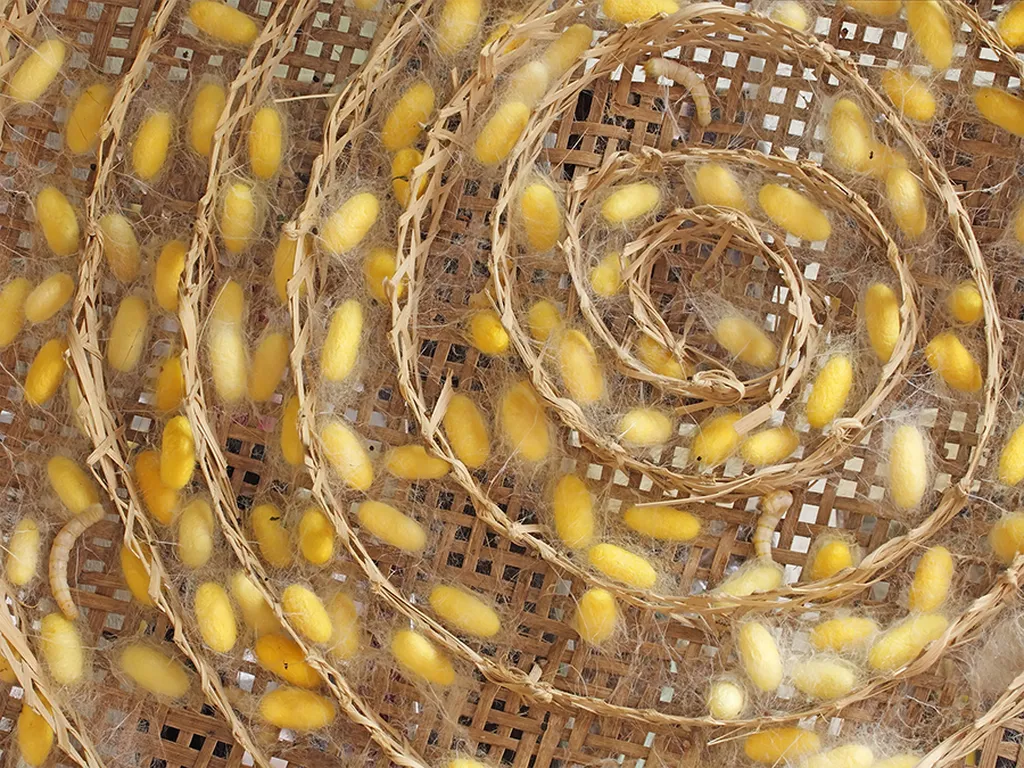In the heart of Karnataka, India, a silent battle rages on within the mulberry silkworm, Bombyx mori. The culprit? The BmNPV virus, causing grasserie disease, a significant threat to the region’s sericulture industry. But a recent study published in the *International Journal of Bio-Resource and Stress Management* sheds light on the genetic diversity of this virus, offering hope for better management strategies.
Researchers, led by N. Nagesha from the Department of Plant Biotechnology at the University of Agricultural Sciences in Bangalore, collected six BmNPV isolates from different regions in Karnataka. Their goal? To understand the genetic diversity of these isolates using restriction fragment length polymorphism (RFLP) profiling.
The team extracted DNA from each isolate and subjected it to digestion with various restriction enzymes. The results were revealing. While all six isolates shared similar Nco1 and Sma1 restriction patterns, there were variations in low molecular weight fragments. More notably, the EcoR1 and BamH1 restriction patterns were nearly identical across all isolates, except for two: BmNPV-TM and BmNPV-Ram. These two isolates showed an approximately 4kb and an additional 1.5kb polymorphic band, setting them apart from the rest.
The most significant variation was observed when the DNA was digested with a combination of BamH1 and Nco1. The BmNPV-Ram isolate yielded a unique set of fragments, distinct from the other isolates.
So, why does this matter? Understanding the genetic diversity of BmNPV isolates is crucial for developing effective management strategies. As Nagesha explains, “Molecular diversity analysis helps us understand the evolution and phylogeny of the virus. This knowledge can enhance our understanding of its pathogenicity and aid in developing suitable measures to combat and diagnose the disease.”
The implications for the agriculture sector are substantial. Sericulture, the rearing of silkworms for silk production, is a significant income-generating activity for many farmers. However, diseases like grasserie pose a considerable threat to this industry. By understanding the genetic diversity of the virus causing this disease, researchers can develop targeted strategies to control its spread and minimize crop loss.
This research is a stepping stone towards more resilient sericulture practices. As we delve deeper into the genetic makeup of these viruses, we open up avenues for biotechnological interventions that could revolutionize the way we combat these diseases. The future of sericulture, it seems, lies in the intricate dance of DNA and the stories it tells.

